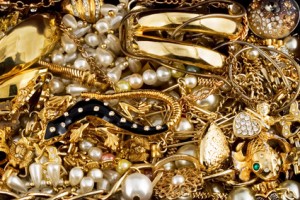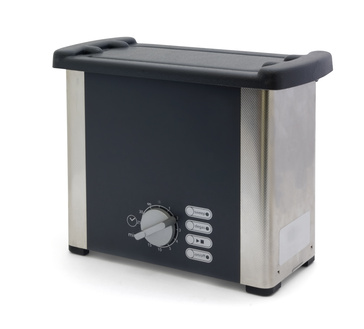When buying jewelry, it’s always good to save some money, but do you know how low-priced jewelry differs from the more expensive pieces? While we won’t argue against choosing cheap jewelry, it is always good to be informed about what you are buying.
Below are some of the more common features of cheap jewelry that you should be aware of when shopping.

The practice of “dressing up” cheap jewelry is not a scam; you simply get what you pay for.
Low-Quality Gemstones
One of the reasons cheap jewelry is cheap is that the gemstones set in it are often of lower quality.
Stones in cheap pieces are likely to have more and bigger flaws, which detract from the beauty of the gemstone.
It is also worth noting that the more serious inclusions a stone has, the more likely it is to break if bumped.
Cheap gemstones are also more likely to have inferior color. In addition, keep in mind that the stones used in cheap jewelry may be chipped.
Diamond Imitations
Cheap jewelry often contains fake diamonds instead of real ones. The interesting part is that sometimes no stones are used at all for the imitation.
Instead, jewelry makers put small droplets of metal (usually white or yellow gold) on the surface of the piece to create the appearance of a multitude of small stones.
You will notice the difference on closer inspection, but if you don’t look closely, a ring decorated this way can pass for a piece covered with accent diamonds.
Sometimes, small real diamonds are added among the metal droplets to strengthen the impression.
This practice of “dressing up” cheap jewelry is not a scam; you simply get what you pay for.
Just be aware that if you are looking at a cheap diamond ring, not all of what looks like small brilliants may be actual diamonds.
Weak Prongs
One characteristic of cheap rings is that they have weak prongs that can be easily damaged.
Prongs hold the gemstone of your ring in its setting, and if they break or bend, your stone may fall off or break if you hit your ring.
The price of cheap jewelry is often low because less metal is used, and this also means that the prongs will probably be thin.
Therefore, you should keep in mind that prongs on cheap ring are more likely to wear out quickly and get damaged.
Lower-Karat Gold
Gold pieces that are cheap often contain less of the metal compared to pricier alternatives.
In the U.S., the minimum karat that a piece of jewelry can have and still be sold as gold is 10 karats. And in most cases, cheap gold jewelry will not have purity higher than this number.
So, if you are allergic to the nickel contained in most 10k gold alloys and you want to find a piece that is at least 14k or 18k gold, cheap jewelry may not be the best solution for you.
Thin Ring Body
If you buy a cheap ring, it is very likely that its round body (also referred to as “shank”) will be thin since jewelry makers often economize on the amount of metal used in order to achieve a low price.
Why would that concern you?
For one thing, the body of a ring wears down with use, and if your ring’s shank wears too thin, it may bend or even break, and you will have to get the worn portion replaced.
So, as a general rule, avoid buying a cheap ring if you intend to wear it every day. In the long run, the money you will spend to have the ring repaired may exceed any dollars you saved when you bought it.
Where to Buy a Diamond Ring?
We recommend James Allen (read review) because you can take a 360-degree look at any stone before having it set in a ring.
Blue Nile is another reputable diamond retailer we recommend.














